
Cuisine
Lombard cuisine
Lombard cuisine is characterized by its use of hearty, meat-based dishes. The cuisine is known for its rich, savory flavors and emphasis on slow-cooking methods. Dairy products, grains, and cured meats are also common ingredients.
Typical ingredients
Beef, Pork, Veal, Rice, Polenta, Cheese (gorgonzola, taleggio), Cured meats (salami, prosciutto), Butter, Cream
Presentation and garnishing
Dishes are typically presented in a hearty, rustic manner. Garnishes are minimal and often consist of fresh herbs or a sprinkle of grated cheese.
Lombard cuisine is known for its use of saffron, which is a key ingredient in the region's signature dish, risotto alla Milanese.
More cuisines from this region...
History
Lombard cuisine has a long history dating back to ancient times. The region has been influenced by various cultures throughout history, including the Celts and Romans. The cuisine has also been shaped by the region's agricultural history, with many dishes featuring ingredients that were traditionally grown or raised in the area.
Cultural significance
Lombard cuisine is known for its association with Milan, the region's largest city and cultural center. The cuisine is also known for its use of rice, which is a staple ingredient in the region's signature dish, risotto.
Health benefits and considerations
Lombard cuisine can be high in calories and fat due to its heavy use of meat and dairy products. However, the cuisine also features a lot of whole grains and vegetables, which can provide important nutrients.
Lombard cuisine recipes Browse all »

Lombard Caldaro
Savory Lombard Beef Stew
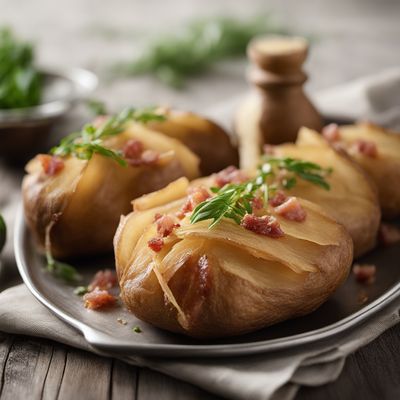
Patata L-Forn Lombarda (Lombard Baked Potatoes)
Savory Lombard Baked Potatoes: A Taste of Lombardy
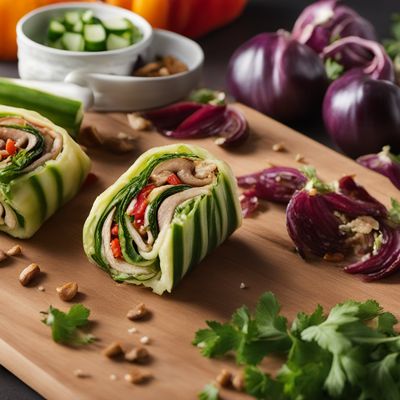
Lombard-inspired Vegetable Roll
Savory Lombard Delight: Vegetable Roll with a Crunchy Twist
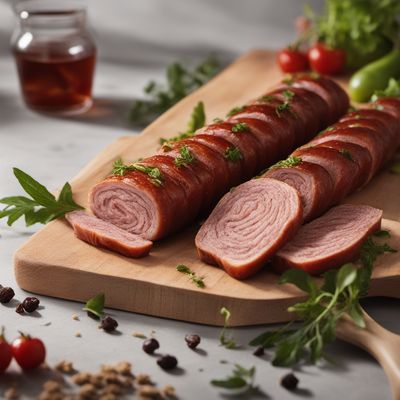
Spatlo Lombard Style
Lombard Fusion: A Delicious Twist on Spatlo

Tarta di Mondoñedo
Savory Lombard Delight: Tarta di Mondoñedo

Korejevec Lombard Style
Savory Lombard Delight: Korejevec Lombard Style
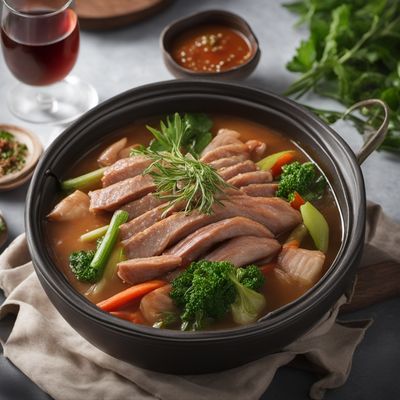
Lombard Hot Pot
Savor the Flavors of Lombard with this Delectable Hot Pot

Lombard-style Pork and Vegetable Stew
Hearty Lombard Pork Stew with Seasonal Vegetables
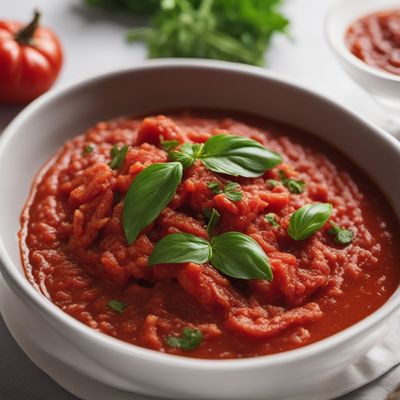
Lombard-style Lumache al Sugo
Hearty Lombard Snails in Tomato Sauce

Lombard-inspired BLT Sandwich
Savory Lombard Delight: A Twist on the Classic BLT Sandwich

Lombard-style Malloreddus with Sausage Ragu
Savory Lombard Delight: Malloreddus Pasta with Hearty Sausage Ragu

Fideuà Lombarda
Savory Lombard Fideuà: A Delightful Twist on a Spanish Classic